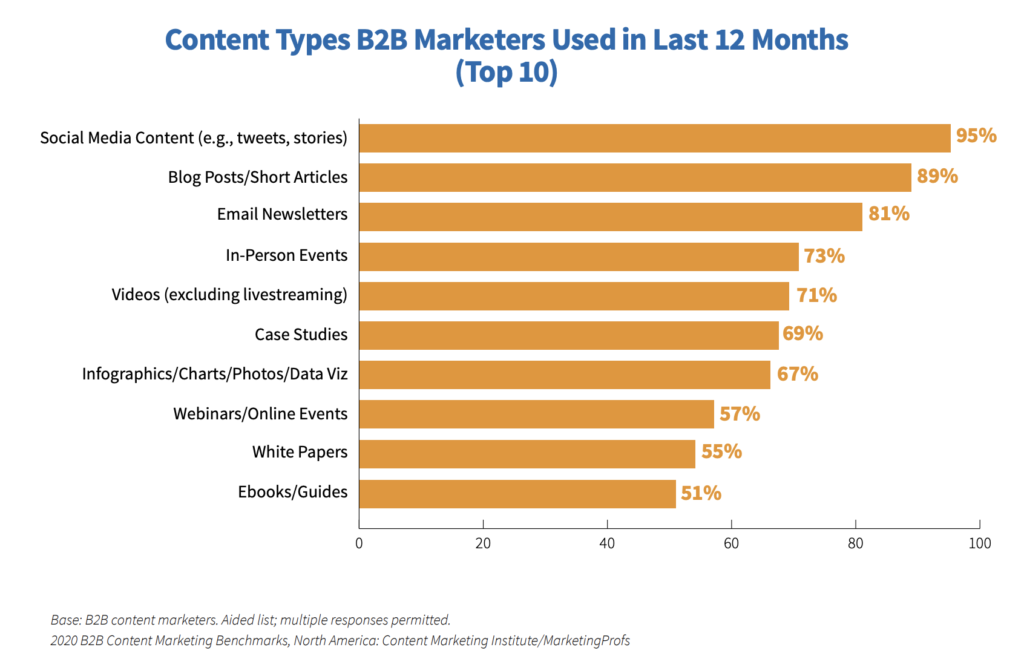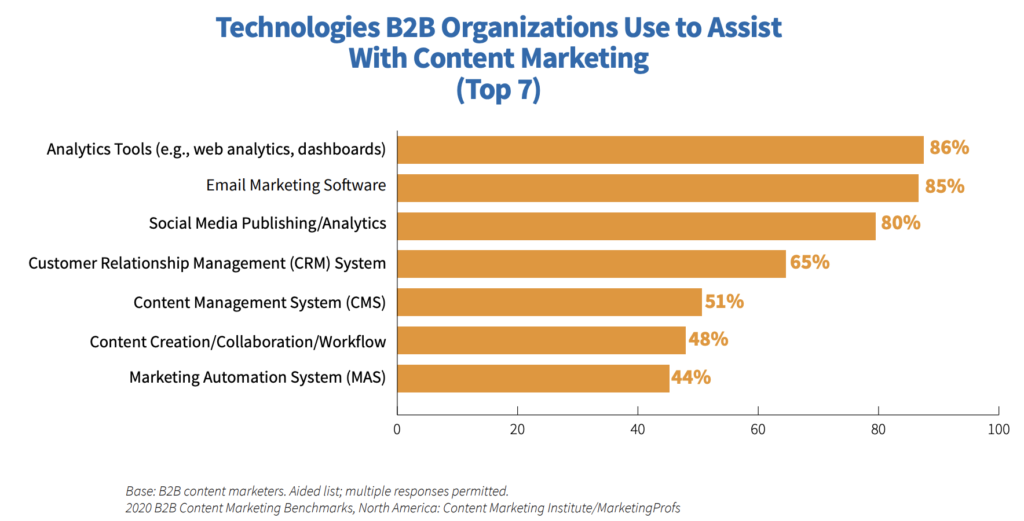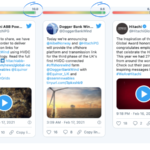How often have you been waiting to hear the decision on a pitch that you’ve invested a ton of time into? Finally, you get the email and you’re shocked – they’ve gone with a competitor instead. You don’t really know what went wrong. You were confident that your pitch met all of their needs, you had a good conversation with the decision makers, and you felt like your bid was competitive. So, what gave that other company an edge in the situation?
You could have lost that pitch because your competitor has more experience in that particular industry and some really great case studies. Or maybe they just acquired someone and expanded their offerings. It could be that they produce a lot of really great content so they seem like industry leaders.
Successful B2B companies build a competitive edge by monitoring and dissecting what their competitors are doing. It can be fairly straightforward – follow their Twitter accounts, keep up on industry news, read all of their press releases, watch what blog content they’re posting, and know when they land a big, new client or have an acquisition.
This all can be time-consuming. Some companies invest thousands of dollars employing a team of specialists to keep tabs on all of their competitors. Others occasionally check out a competitor’s website when they know they just lost a big deal to them.
Regardless of your approach (and budget), gathering competitive information can make a big difference between getting ahead of your competitors or always being behind. Now that we understand the why, let’s explore how B2B companies should monitor their competitors.
1. Know what’s being said about your competitors
The first step you should take is keeping track of when your competitors are mentioned in the news. It could be that a local paper runs a story on the new warehouse they just opened, they’ve won an award, or it could be a larger story about a big acquisition. All of these examples are important and can impact your own business.
You can certainly do this yourself by doing regular Google News searches or signing up for Google Alerts. It can become a chore though to sift through the things you don’t really care about – job postings, obituaries, spam reports, and maybe international news (depending on how far you scale). Tools like Signal Insights can help automate this process and weed out anything that you don’t care about. They can set up positive and negative keywords to really hone in on what you need to know.
For example, a mortgage company that uses our tool monitors SoFi. If you’re not familiar with SoFi, mortgages are one of the many things they finance along with student loans and credit card consolidation. They also own a stadium. Our client doesn’t care to read SoFi articles about student loans, credit cards, or stadiums….so we filter all of that out and only show them SoFi news about mortgages.
2. Know what your competitors are saying about themselves
Depending on your industry, size, or location, sometimes it can be difficult getting your press releases picked up in the news. Many companies release dozens of press releases that never make it any farther than their website or their monthly newsletter. With this in mind, it’s important to monitor your competitors’ newsroom. Make sure you know when they issue a press release and what it’s about.
Also, your competitors might be publishing more than just press releases. Blogging is becoming popular in the B2B space both from an SEO and a thought-leadership perspective. A 2020 survey found that 89% of B2B marketers are creating blog posts. So keep an eye on their websites for blog content too. During the decision making process, your prospects are probably trying to figure out who really knows the most and has the most experience. Blogging is an excellent way to showcase that.

Another way that your competitors are reaching their customers (and potential customers) is through email marketing. That same survey found that 81% of B2B marketers are creating email newsletters. Find out if your competitors have an email newsletter that prospects and clients can sign up for. They could be sharing information in a newsletter that they’re not willing to share publicly on their website, since they’re able to filter and control who receives their emails.
Tools like Signal Insights can monitor websites for press releases, blog posts, social media channels, and their email newsletters. This can really speed up the collection process and ensure nothing is missed. It’s a good way to stay on the subscriber list since you may get removed if someone notices you work for a competitor.
3. Monitor how active and engaged your competitors are
Keeping track of your competitors press releases, blog posts, and emails can give you a good idea of how active your competitors are. Do they rarely publish a press release? Are they churning out 5 blog posts a month? These can be indicators of how invested your competitors are to reaching new prospects and staying top-of-mind.
There are other platforms that you should be keeping tabs on too – social media is a big one. Not only are B2B companies using social media to reach their audiences, but 80% of them are investing in social media publishing and analytics platforms. You should monitor your competitors’ social accounts and know what types of content they’re sharing and what level of engagement they’re receiving.

There are many tools out there that can help you monitor your competitors’ social media pages. We also offer this service in the Signal Insights dashboard and email digests. We’ll keep track of how often they’re posting and show you their most engaged Facebook posts and their most recent tweets.
To wrap things up, we know that keeping tabs on the competition is important, especially when you start losing opportunities to them. We know what we should be keeping track of and how we can track those things. Now it’s up to you to decide on how you’ll implement it. You could do it yourself, you could hire someone, or you could invest in a tool to automate things for you.
If you’d like to see Signal Insights in action and how you can use it to keep track of your competitors, book a demo here.


